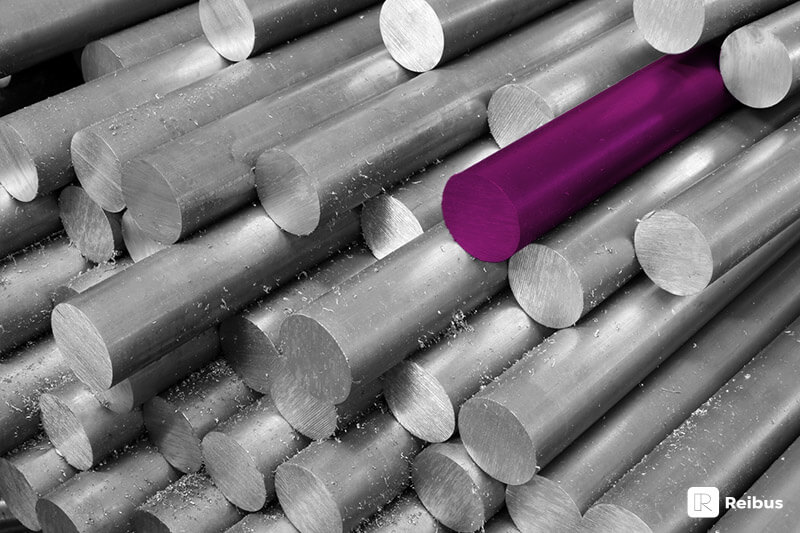
What are Cold Drawn Bars? Steel Foundations
Hot rolled steel bar or rod are used as raw material in the production of cold drawn bars. Since these hot rolled products are produced at elevated temperatures of 1,700 to 2,200°F (930 to 1200°C), they generally have a rough and scaled surface. The bar and rod may also exhibit dimensional variations in cross-section or size that need correction for the intended application or tolerance.
Unlike hot forming processes, where the material is heated above its recrystallization temperature, the cold drawing process is done at room temperature. Prior to drawing, the raw bar or rod stock is cleaned to remove the scale and lubricated to reduce frictional forces between the steel bar and the die. Then the drawing machine draws (pulls) the unreduced section of the bar or rod through the fixed opening of a stationary die. As the metal is drawn through the die, it is forced into the same shape and dimensions as that of the die. This reduces the cross-section of the original bar or rod, shapes the profile of the product, makes the surface smooth, and increases the length of the original product.
The drawn product, which is referred to as cold drawn or cold finished, exhibits a bright, polished surface, increased mechanical properties, and improved machining characteristics as well as precise and uniform dimensional tolerances.
In some cases, the cold drawn bar or rod can be annealed, or heat treated to homogenize or change the mechanical properties of the metal.